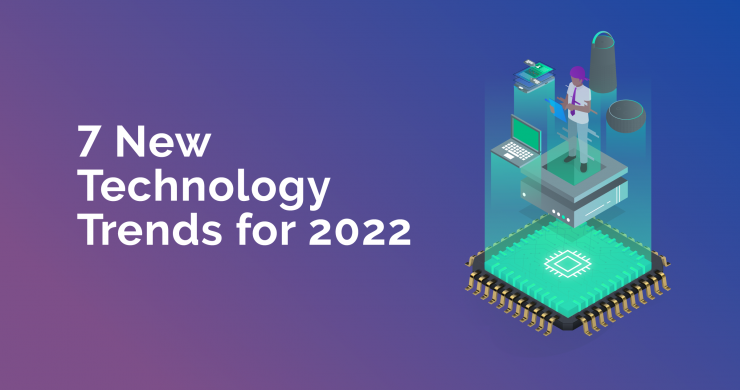Analytics and Big Data: It’s Not Just About Data

By 2020, each person on Earth will be creating 1.7 megabytes of data per second. By then, the Internet of Things and next-generation technologies will include 50 billion connected devices. Also, the worldwide revenue for Analytics and Big Data will be more than $203 billion.
Big Data, a Simple Explanation for Everyone
Big Data could be defined as a large amount of data that grows exponentially in time. According to CrewMachine, it is often characterized by the 4Vs:
- Volume – We’re talking about a huge amount of data – we create 2.5 quintillion bytes of data every day.
- Variety – Variety refers to data of a different nature, drawn from heterogeneous sources: 90% of generated data is unstructured (video, images, documents, etc.).
- Velocity – Data is generated quickly and continuously. 50,000 GB/second is the estimated rate of global Internet traffic in 2018.
- Veracity – This refers to the certainty of data. 1 in 3 business leaders don’t trust the information they use to make decisions.
Furthermore, data can be usually found in three forms:
- Structured – Structured data represents 5% to 10% of the total data. When we talk about this type of data, we refer to information that can be stored in practically any database, in rows and columns. It can be easily mapped and processed by all existing data mining tools. It does this by using categories relating to data types and field names – alphabetical order, numerical order, date added, etc.
- Unstructured. Unstructured data represents around 80% of all data. This includes videos, photos, audio files, email messages, web pages, and more. It’s unstructured because it is generally binary. It doesn’t have an identifiable internal structure. It has no value until it is identifiedand organized. Once organized, it can be searched and categorized to extract information. Unstructured data can be machine-generated (scientific data, photographs and video, satellite images). Or it can be human-generated (social media data, mobile data, business applications, website content).
- Semi-structured. Similarly to structured data, semi-structured data also represents a smaller proportion of overall data (5 to 10%). It lies halfway between structured and unstructured data because this information does not have a defined structure but has some organizational properties.
The problem is that such large amounts of data are unstructured. It could take years for humans to extract relevant information. Using the right tools is essential for businesses wanting to extract value from data and turn it into a competitive advantage.
In the words of Gary King, how do we unravel the strands of big data and pick out the relevant parts? What he’s asking is, how do we know where to look? How do we access the data? In other words, how do we turn all this information into knowledge?
Data is very easy to gather (despite the cost in dollars and energy for its maintenance). But its real value is associated with its analysis. Many companies accumulate large amounts of data but they don’t know how to use it or make the most out of it. This is not to mention the lifespan of data. In some cases, the accumulated information comes with an early expiry date. This results in turning it into useless information faster than it can be analyzed.
It is for this reason that the use of artificial intelligence – including machine learning and deep learning – in business is booming. Thus, more companies place higher values on these techniques. This is due to the great potential that Artificial Intelligence has to generate greater and more efficient business.
You can find some of the most important advantages of using analytics and big data in business below:
- Cost savings and time reduction.
- Faster and more effective decision-making processes.
- Understanding market conditions and anticipating needs.
- New product development, delivering the right products.
- Personalization and improvement of the Customer Experience.
We will talk in detail about these advantages in a future blog post, so stay tuned.
If you want to find out more about how analytics and big data can help you make the most of your data, don’t hesitate to contact us!

Get the latest roundup of the most important, interesting and stories from the past week. In your inbox every Saturday by 10am.
Related Articles you might like
Free Your Finances with Intelygenz: Transforming Traditional Banking into a Digital Powerhouse
The relentless advance of digital transformation across sectors presents unique challenges and opportunities for the financial industry.
View Blog PostVASS signs an agreement to acquire INTELYGENZ, a Spanish company specialized in Artificial intelligence
VASS Group announces it has reached an agreement to acquire the Spanish deep-tech company headquartered in San Francisco. Intelygenz, a […]
View Blog PostThe 7 biggest technology trends for 2022 and beyond
Every business wants to get—and stay—on top of technology, and it changes fast. Whether you’re an IT Executive or a […]
View Blog Post

